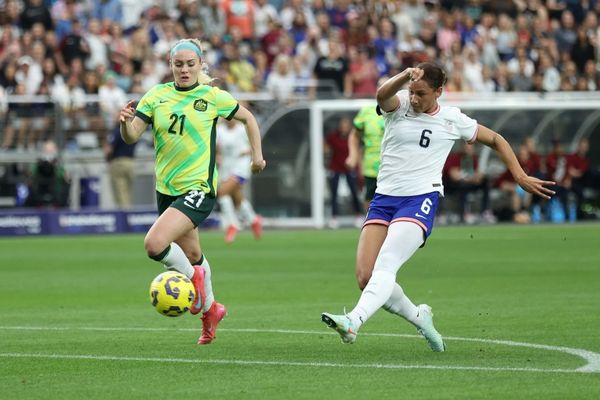UEFA’s financial fair play, the deeply flawed spending measure with more holes than a block of Swiss cheese, will be replaced by a new system that is unlikely to halt the dominance of the super clubs. As first reported by the New York Times, the new “financial sustainability regulations” will see a cap placed on clubs spending 70% of income on wages and the amortisation of transfer fees after hopes of introducing a salary cap similar to US sports was met by insurmountable European Union legal hurdles.
The new rules will be ratified on April 7 when the governing body’s executive board vote and new punishments, potentially including points deductions, will form part of the regulations. They will be implemented gradually with a 90% cap expected initially before progressing down to 70%.
Yet the new system has already come in for criticism because it is likely to favour big English clubs compared to their continental rivals. Separate rules in Spain already limit the salary limits of La Liga clubs, while Italian clubs including Juventus have come under scrutiny for their overspending in recent seasons and a subsequent need to trim budgets.
READ MORE: Chelsea's super club status secure but report warns of one area new owners will trail rivals
There are fears that Premier League clubs, who are benefitting from a far greater level of broadcast income and increasing commercial power, could become even more dominant under the new proposals.
That said, according to recent figures published by Deloitte, Chelsea's wage ratio last year was 77% and Arsenal's was 75% - not including amortisation. That means both clubs would need to trim their wage bills or find additional sources of revenue to come under the cap.
Tottenham Hotspur, by comparison, will have no such issues because of their tight wage bill and boost in matchday revenue from the new stadium. Deloitte said that Spurs’ ratio for last season was only 57%, putting a different slant on fan pressure for chairman Daniel Levy to spend more on bolstering Antonio Conte’s squad. There is now potential that the north London club can invest at a time when many clubs will be trying to trim their outgoings.
Those figures are backed up by analysis from the University of Liverpool professor Kieran Maguire. Using published accounts from two seasons ago, Tottenham's wages plus amortisation was 49% of revenue. Arsenal came in at 81% with Chelsea on an eye-watering 102% that was still some way shy of the 136% at Everton. Those ratios will have altered in time since but not dramatically.







